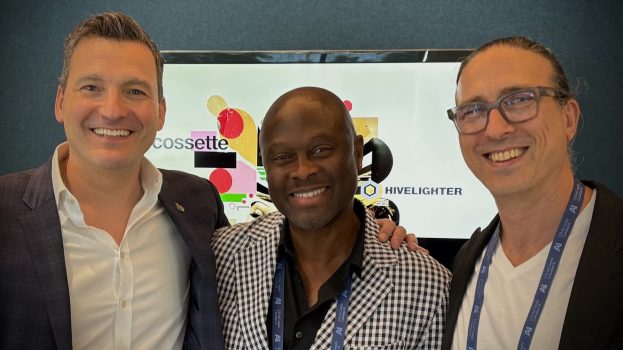This story appears in the December/January 2015 issue of strategy.
By Ken Wong
Marketers love bright shiny objects. These days there are two very different types of shiny objects. “Artists” and the “creative class” are drawn to developments in areas like social media, content and digital. By contrast, “technocrats” have the more science-based objects of desire: programmatic buying, big data, predictive models and other math-related sources of insight. And, of course, we have the blending of the two as found in advances made in the practice of loyalty management and mobile commerce.
But greatness requires more than simply adopting the latest “flavour of the month.” It is a little like the bad golfer whose favourite magazine always promotes someone who’s reinvented the golf swing: do this and you’ll be magically transformed into a low handicapper.
However significant these advances may be (and many are), they really focus on the tools of marketing and not the fundamental job of marketing and those who manage it. For these folks, the “managerial class,” marketing is neither art nor science – it is a discipline. And it is centred on three key questions: what do we compete as? Who do we compete for? And how do we choose to compete? Great marketers manifest that discipline in every decision they make and every new tool they adopt.
Q1: Compete as what?
A classic question asked of many clients is, “Do people buy drills or the ability to make holes?” Answers to this question are often the ultimate game-changer. Make a drill and your product improvements and features are limited to the drill’s physical characteristics: weight, power, portability, etc. In fact, some product features, like a tiltable head, are sourced in the physical limitations of the drill.
But if you enable people to make holes, then any hole-making technology is relevant, for example, a laser. New features could include infinitely variable hole size, fits in small places, no sawdust, and so on.
Harry Rosen doesn’t sell clothes, it sells confidence. Indigo isn’t a bookstore, it is a “store for book lovers.” Under Armour doesn’t sell athletic wear, it sells competitive advantage. View these firms in these ways and many of their distinctive and great elements become more than fluff or sideline sources of revenue: they are fundamental to how they create value. Can you say the same about your newest shiny object?
Q2: For whom do we compete?
Starbucks and Tim Hortons both sell coffee. So why the difference in lineup size at Pearson Airport? Why don’t we see people lounging in Timmies with their laptops but can’t find a table at Starbucks because someone is writing their doctoral thesis over a “beverage?” Yes, these companies sell the same product. But their customers aren’t buying for the same reason, and thus their path to purchase, methods of usage and purchase criteria will be different.
Too often we get caught up in chasing demographic bubbles or the latest segment defined by social values.These can be important, but only if they correlate to some underlying difference in the criteria buyers use to select a supplier or how they think or behave when buying the product. Demographics and social values are transitory; core needs are not.
Want to enhance your marketing ROI? Find a value proposition that doesn’t need to change every few years. Great marketers know why they matter and to whom. They have the discipline to focus all efforts – including the adoption of new art and technology – on reinforcing those elements.
Q3: How to compete?
If buyers set the “criteria” by which suppliers are selected then competitors set the “standards of performance” we need to exceed on those criteria to be the choice supplier. There are finite options: be the cheapest or the best on something that matters to buyers or find a way to elevate the importance of a criterion where you have superior performance. Second Cup is a good operation, but it wasn’t the refuge that Starbucks offered nor as convenient as Tim Hortons.
If you cannot do either then you better be the only game in town. Despite all the great creative behind Coke, its secret sauce was the ability to be within arm’s reach of the consumer at the “moment of thirst.” Second Cup has some great locations: most in places where the competition isn’t nearby.
Which option are you pursuing with your latest innovation?
The making of great
Greatness cannot be bought by simply latching onto the newest innovation. Greatness requires a discipline that evaluates every innovation, idea and campaign through the lens of its three big decisions. As Sun Tzu wrote in The Art of War, “All men can see the tactics whereby I conquer, but what none can see is the strategy out of which victory is evolved.”
 Ken Wong is professor of marketing at Queen’s University and managing partner of knowledge development at Level5 Strategy Group.
Ken Wong is professor of marketing at Queen’s University and managing partner of knowledge development at Level5 Strategy Group.
Image courtesy of Shutterstock.
























